No doubt, clarity is nice
As humans, we crave it. It’s true for many animals, too. Clarity is easier to cope with for pretty much all of us. Ambiguity is what’s hard. If you want to get a really strong sense of this, try reading the book How Minds Change, by David McRaney. It’s an excellent and insightful read. Even mind-blowing, for some of us. Highly recommended!
But I’m not talking about ambiguity today. I’m talking about obscurity, which is different. I’m talking about visual clarity and the alternative. About advantages an artist can derive if an image is obscured in some way. In any number of ways.
First, here’s a very clear image. It may look familiar, but you’ve never seen it before. I made it shortly after publishing my Angelic Wings letter. It’s in a similar style though, so if you’d swear you’ve already seen it, I understand.
Again, I’m not saying clarity isn’t nice. Often I love it.
Obfuscation for a change
The only similarity between the previous image and the next is they were both created from the same location, within a hundred yards of each other. If you’ve read a few of my letters you know about Goose Creek, and its riches of wildlife.
You may want to click to enlarge the image, to more easily see both of them.
Question. Is the fox image equally interesting, or even more interesting, when compared to the egret image? If so, why? If they are, is it purely because they are foxes? Because they are elusive, fuzzy, cute, or some other attribute?
Possibly.
What about these, then? Same species in both images, so we’re eliminating that variable. (Not that there aren’t many, many other variables.)
The first image is clear.
The next, not so much. You may also need to click on this one.
Perhaps there is more mystery when the subject is harder to make out. We might be excited to witness something unusual, as if we’re voyeurs into a scene where we don’t belong. How do we feel as outsiders looking in?
I’m not in favor of one approach over the other. Clear, straightforward images can be great. But I also enjoy exploring the different feelings that arise via obfuscation, depending on how an image is made.
Various obscurities
There are many ways to create separation, whether or not you are up close and personal with the subject. Here are a few examples:
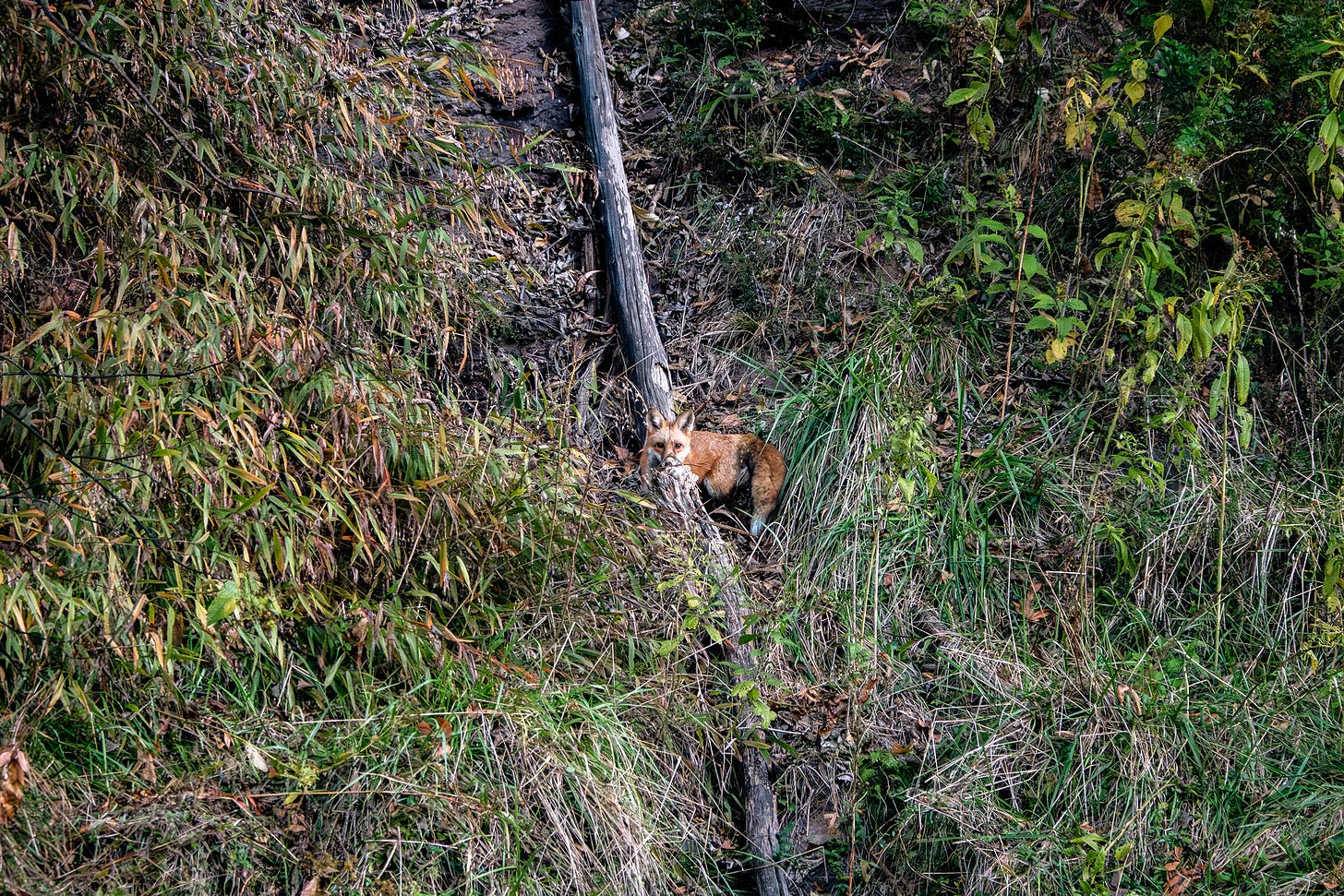
All the examples above are wildlife images. Using obfuscation need not only apply to critters, of course. Owls do count as critters.
But people usually don’t (individual personalities notwithstanding).
And as I said, there are lots of ways to obfuscate. This is one of my favorites.
So many ways to evoke emotions, from so many perspectives.
Ah, variety. The spice of life.
Until next time,
Limited Edition Prints for Sale
This time I’m making an Extremely Limited Edition of prints for the series called Seas and Skies. I’ll make just five 16x24” archival, Numbered Prints (and two Artists Prints), each with associated certificate of authentication. The price is a bit higher, but with only five available and based on history I expect them to sell out.
Fair warning: These are selling out!
If you’d like one or more for that special person, you still have time for the holidays.
Is there something here you like or dislike? Questions? Have anything else to say? Let us all know by clicking on the Comments button below, and express yourself. Don’t be shy, now.
If you like this post you’re bound to like the next one as well. I’m sending them weekly. Quit any time, or better yet, stay and read on!
Know anybody who should hear about all this? Be a friend and let them know!
Or, are you interested in seeing more work? My website welcomes you. We may even want to work together. I promise a joyous and productive experience if we do.


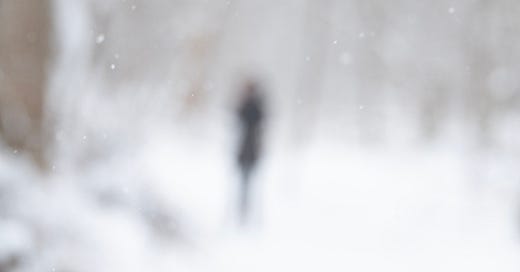

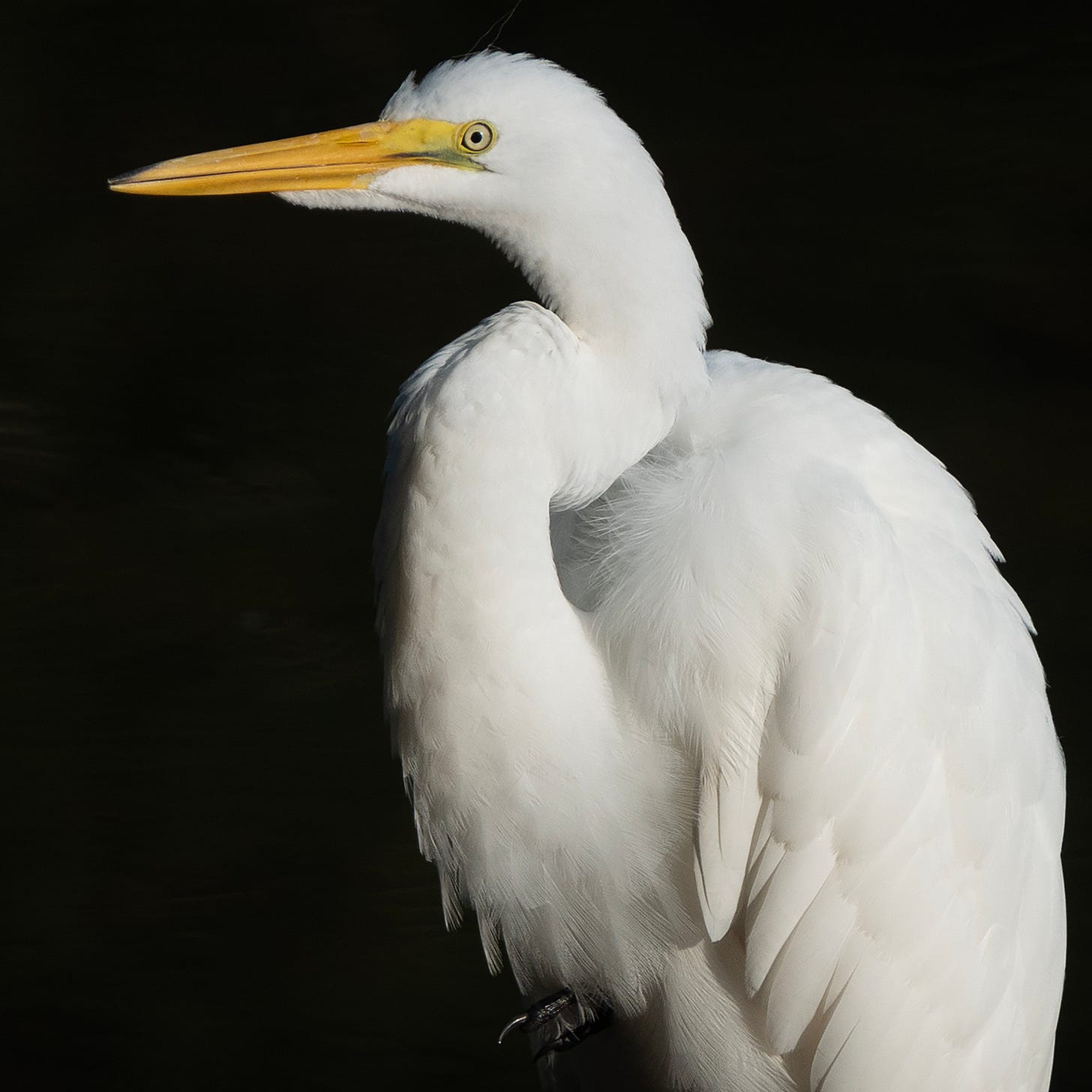
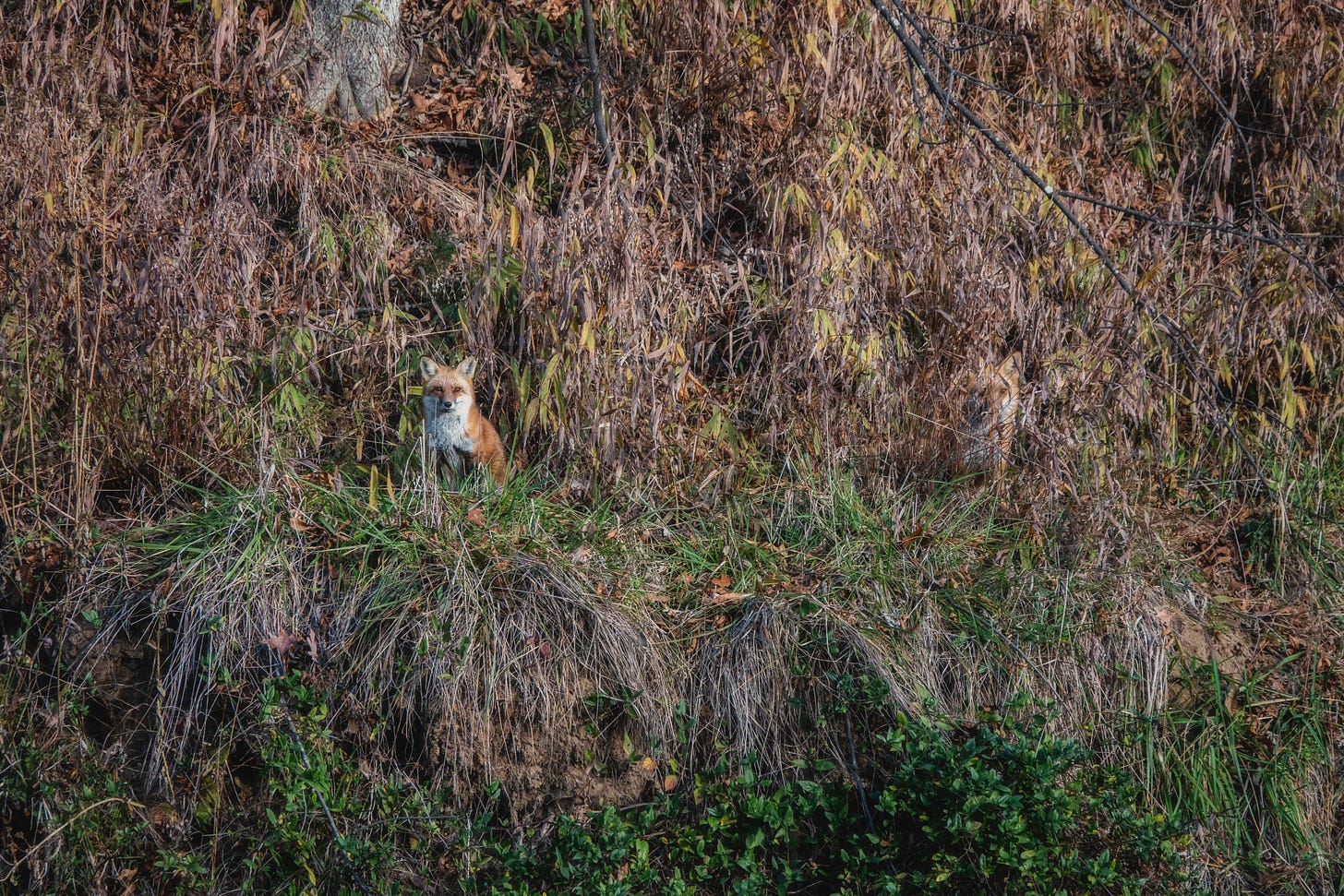
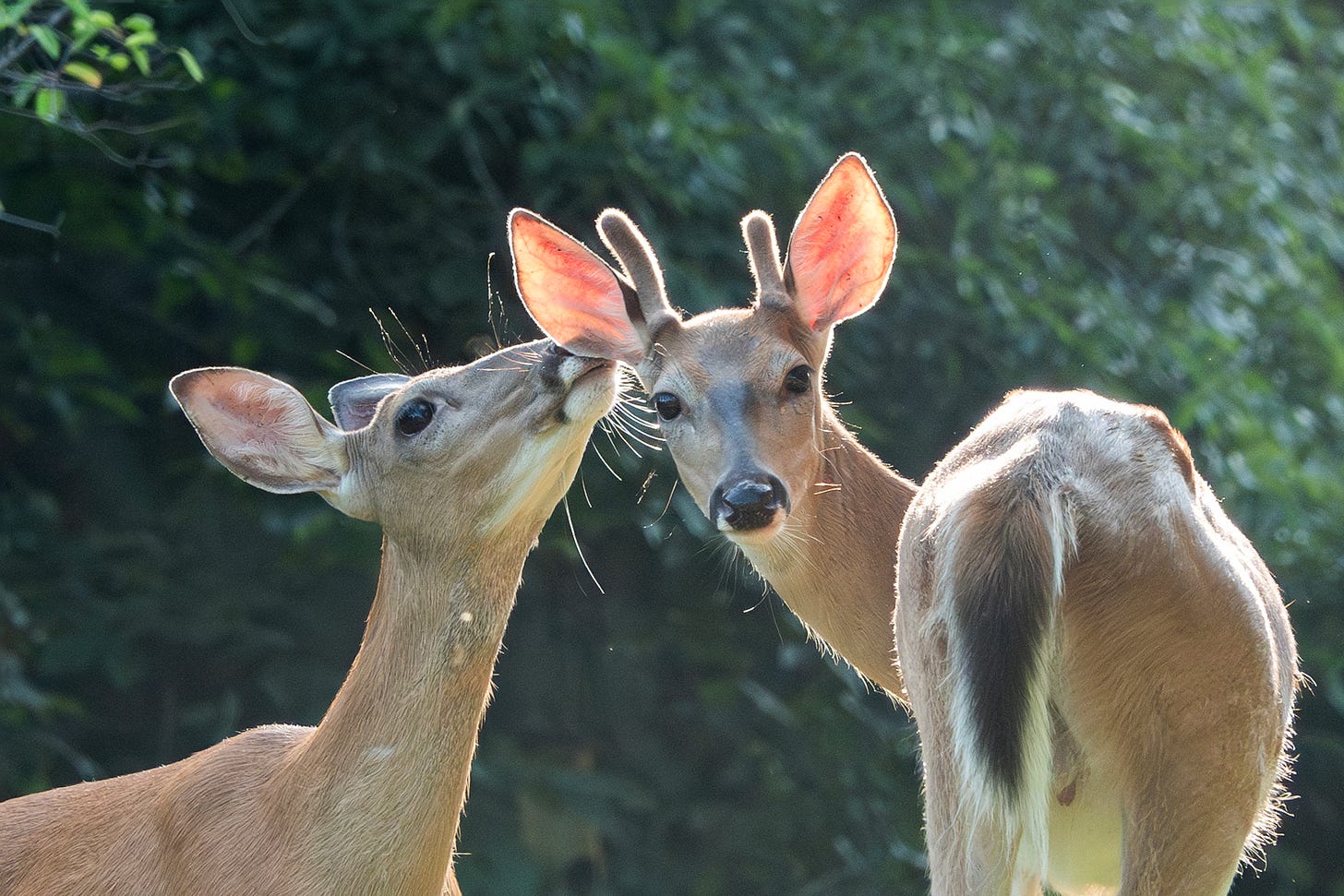
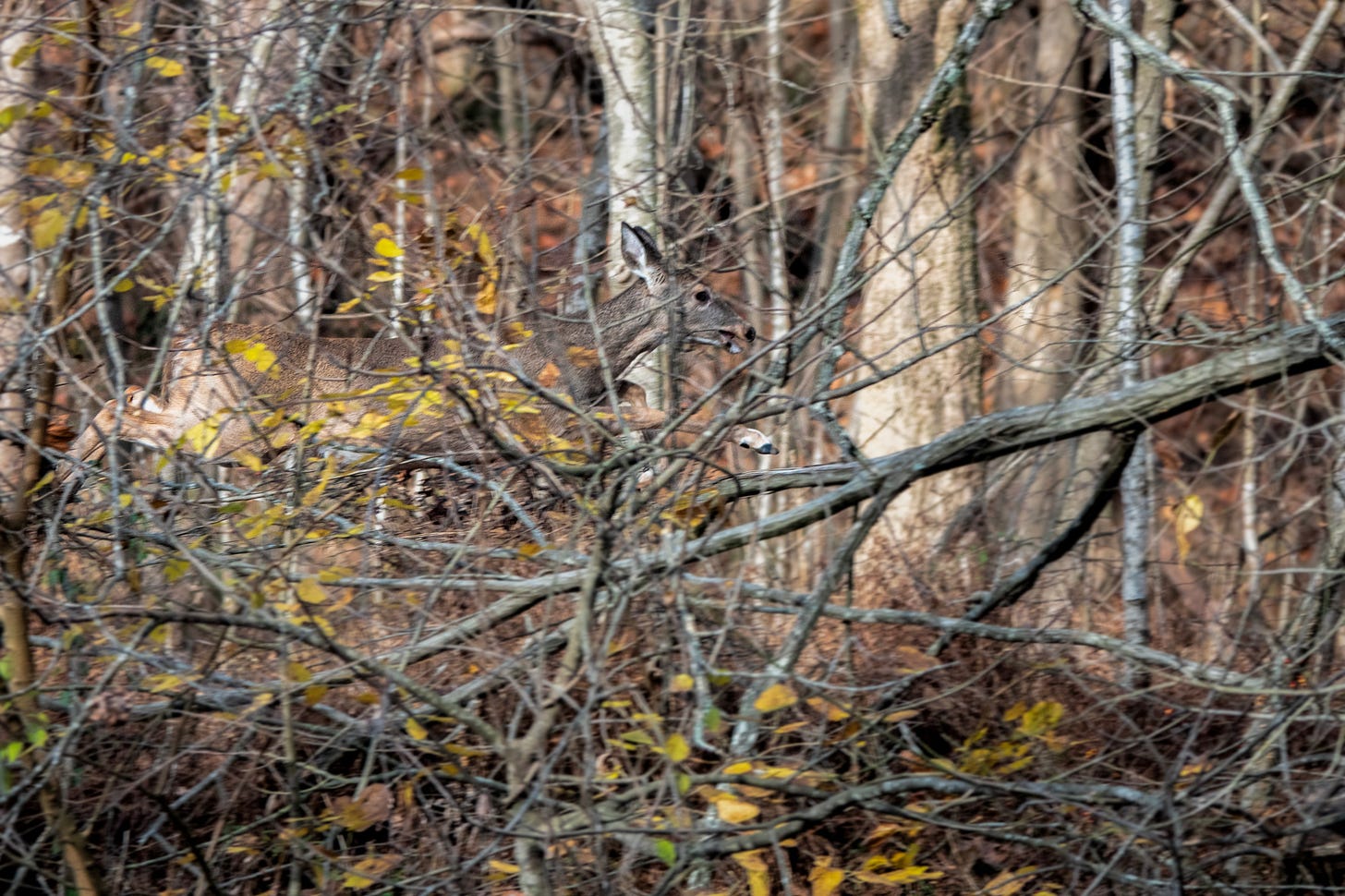
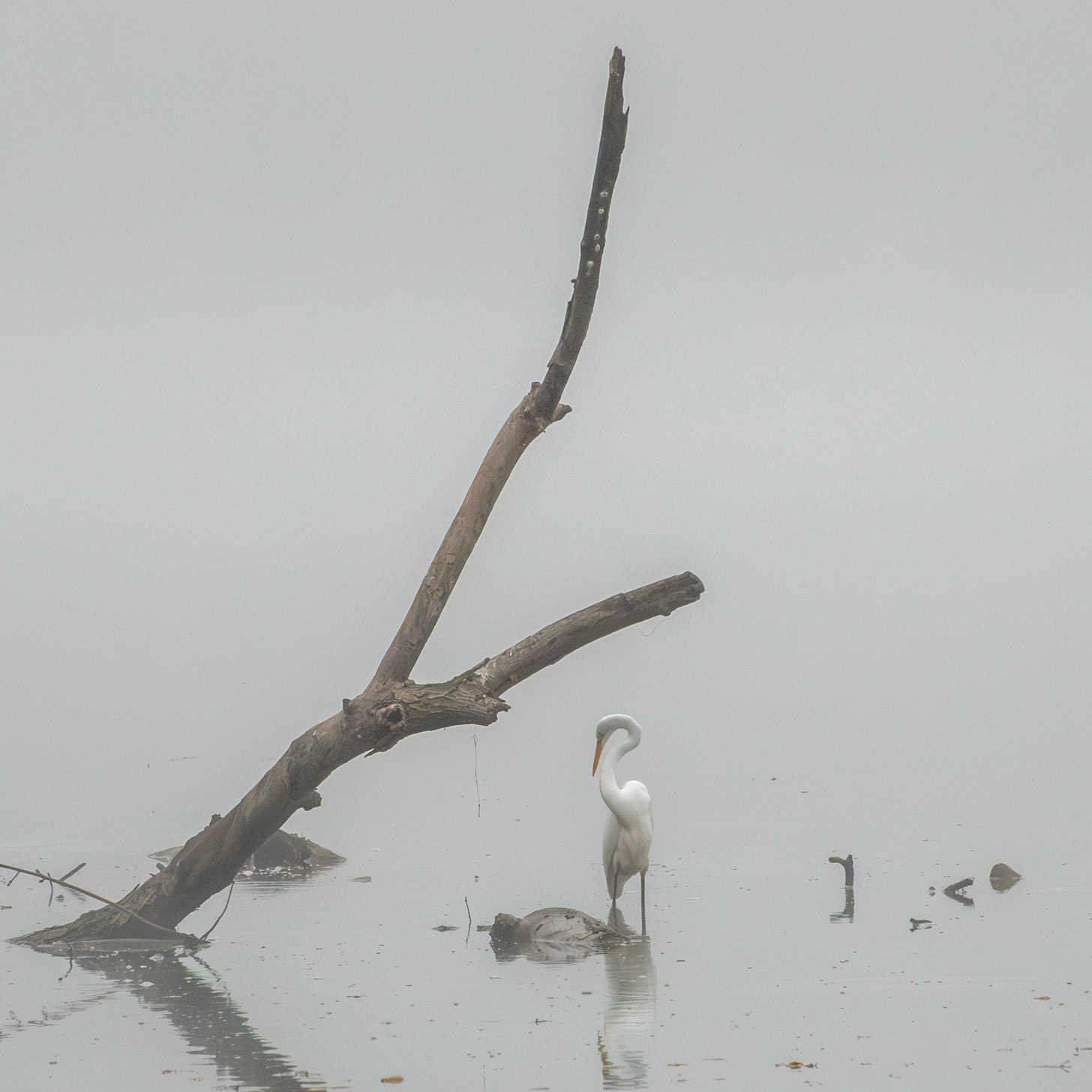
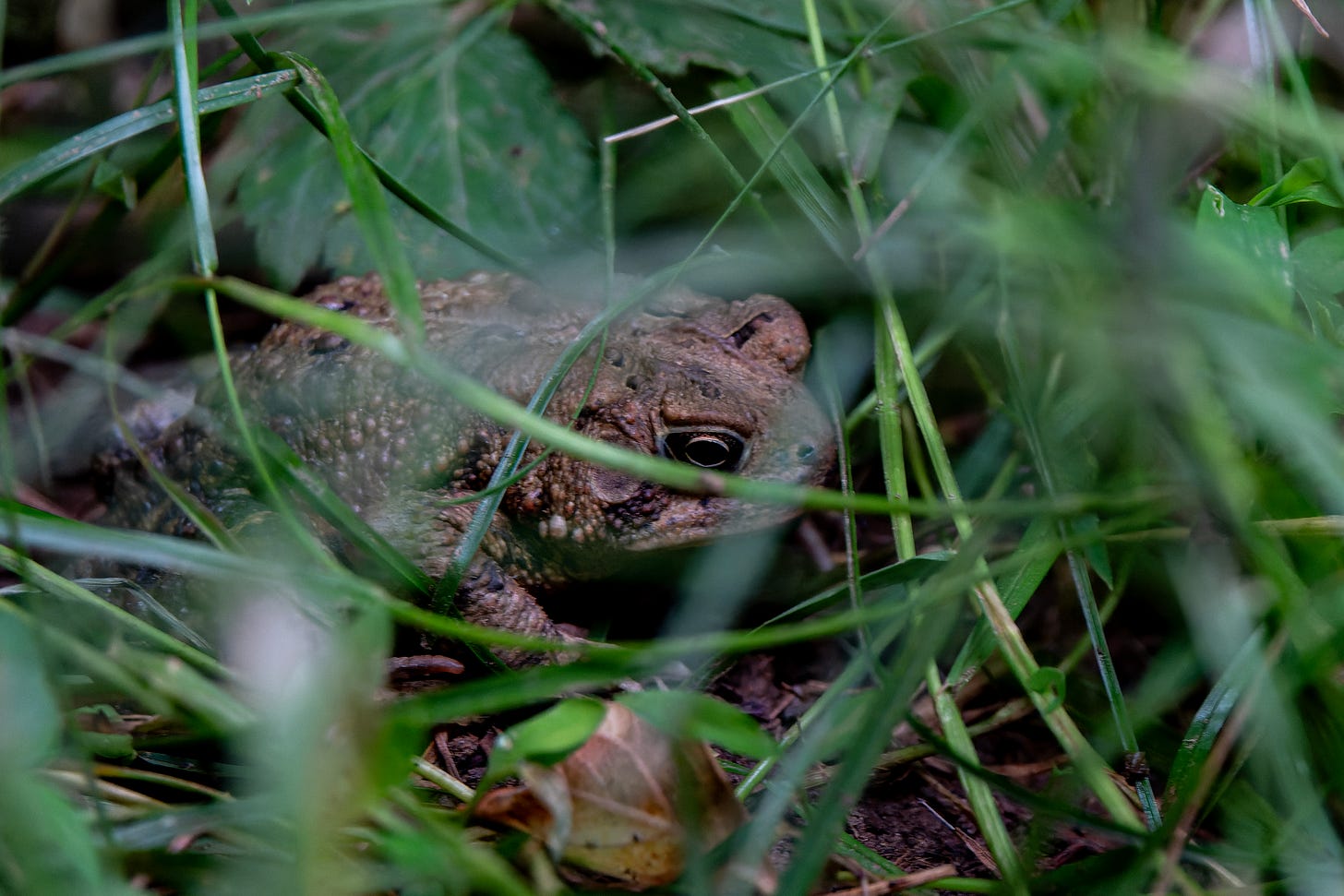
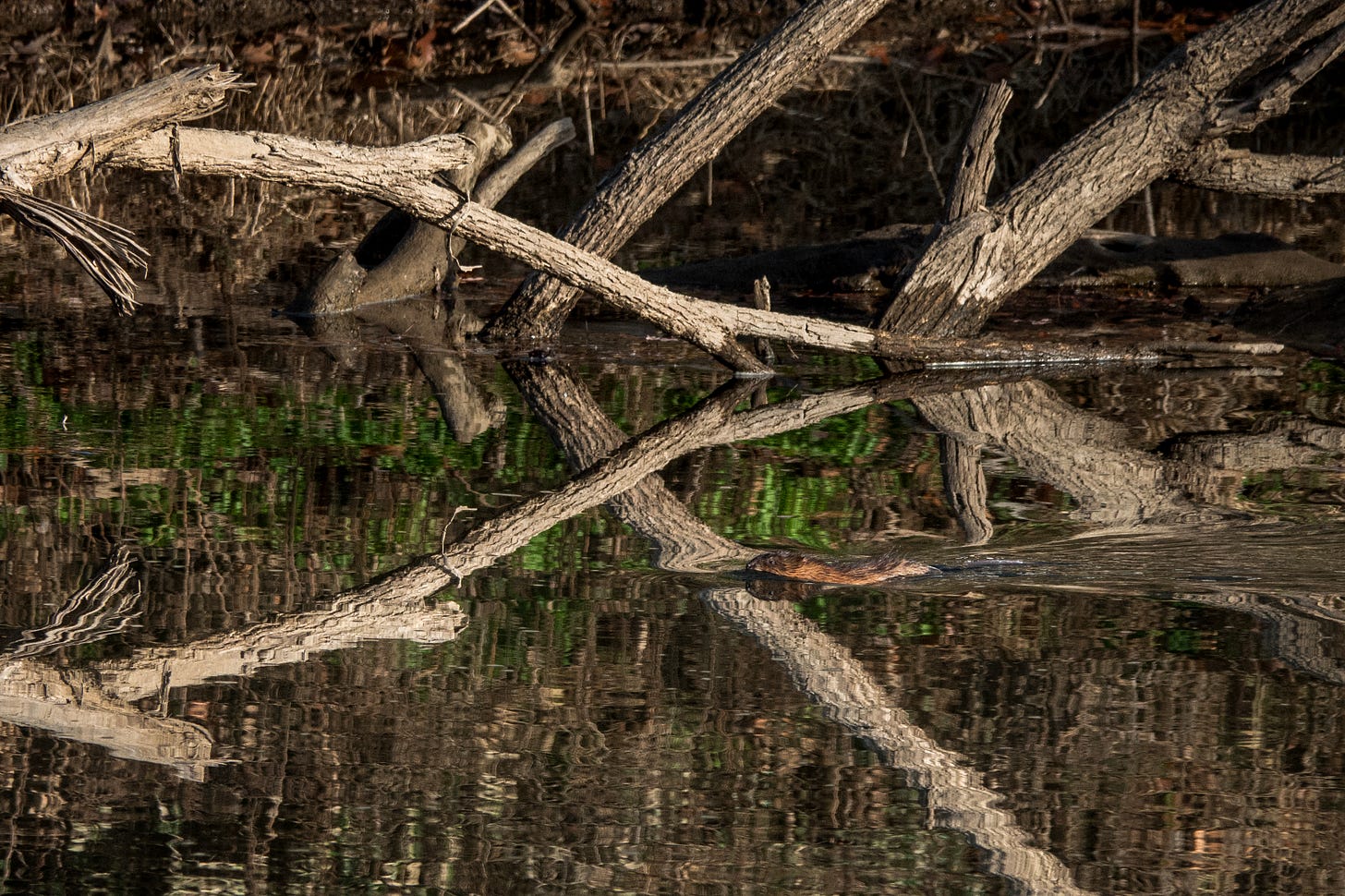
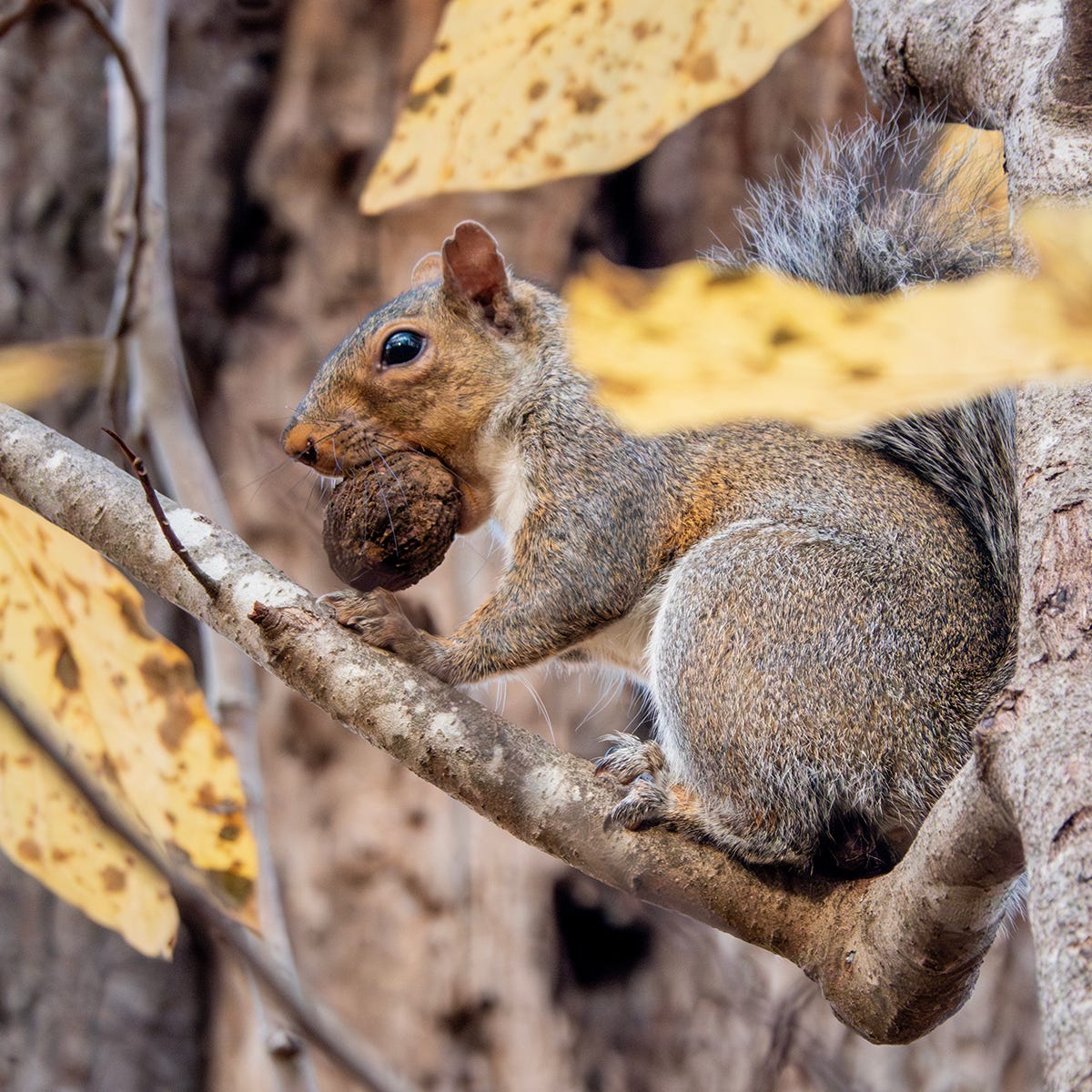
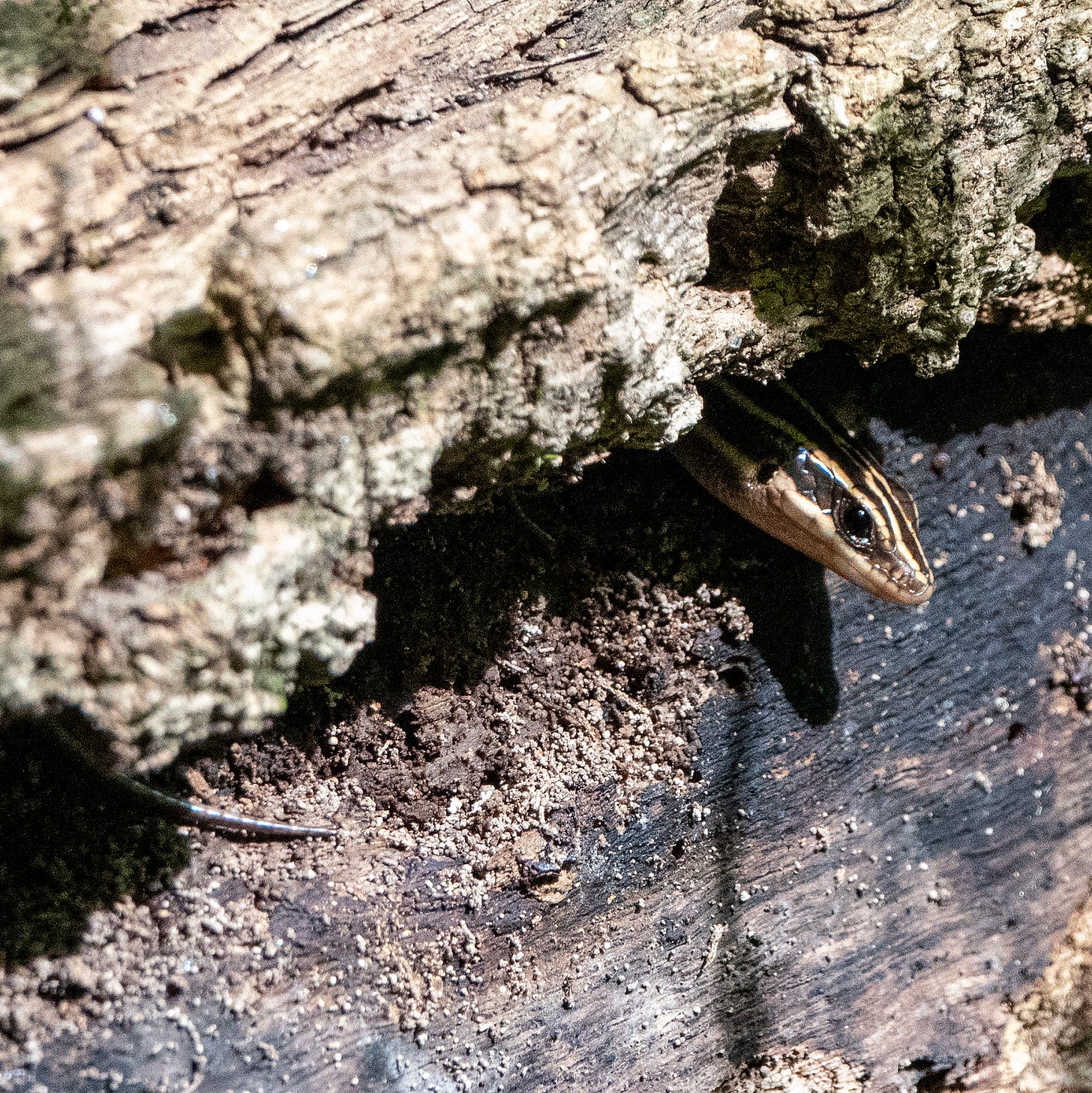
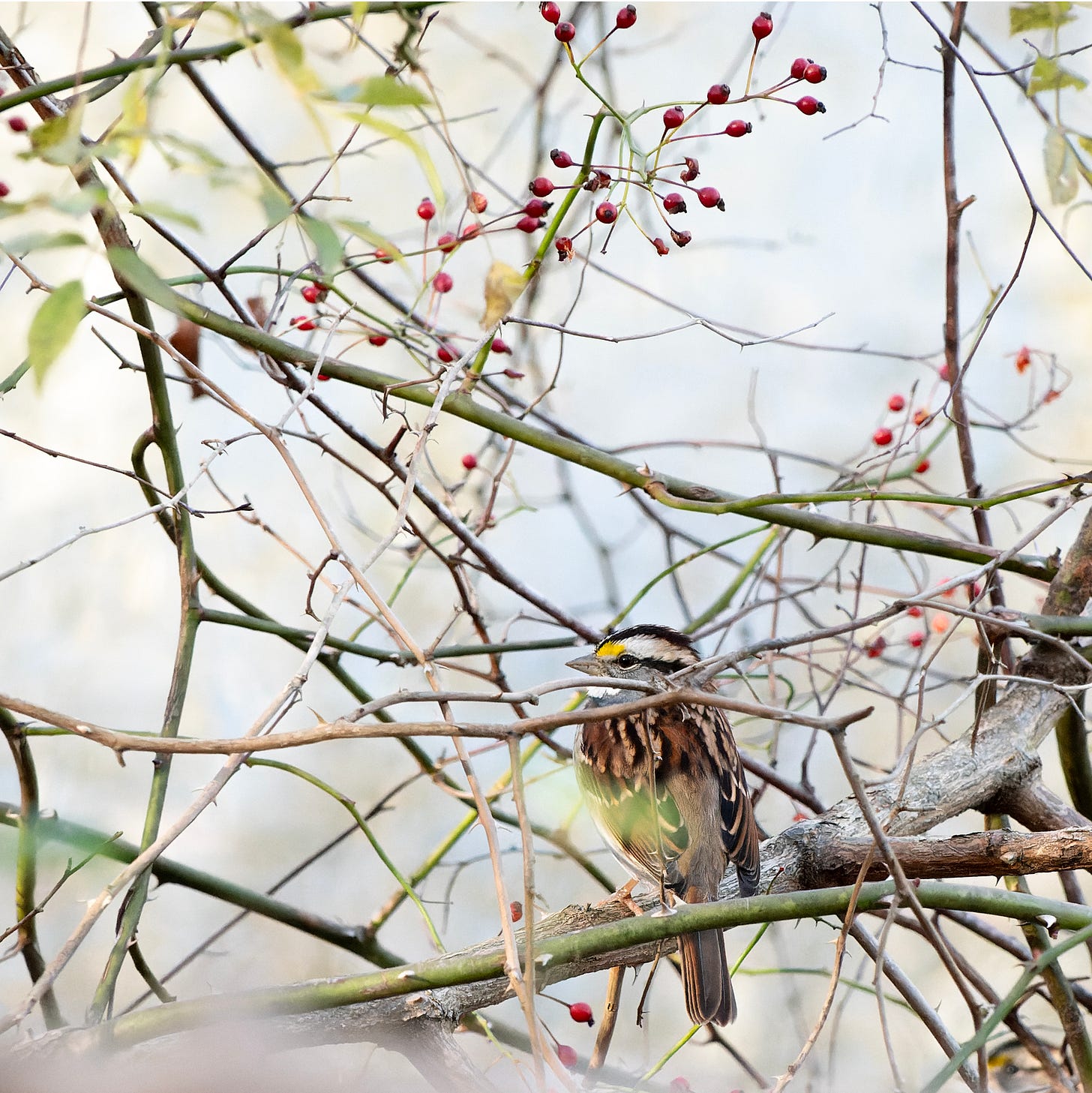
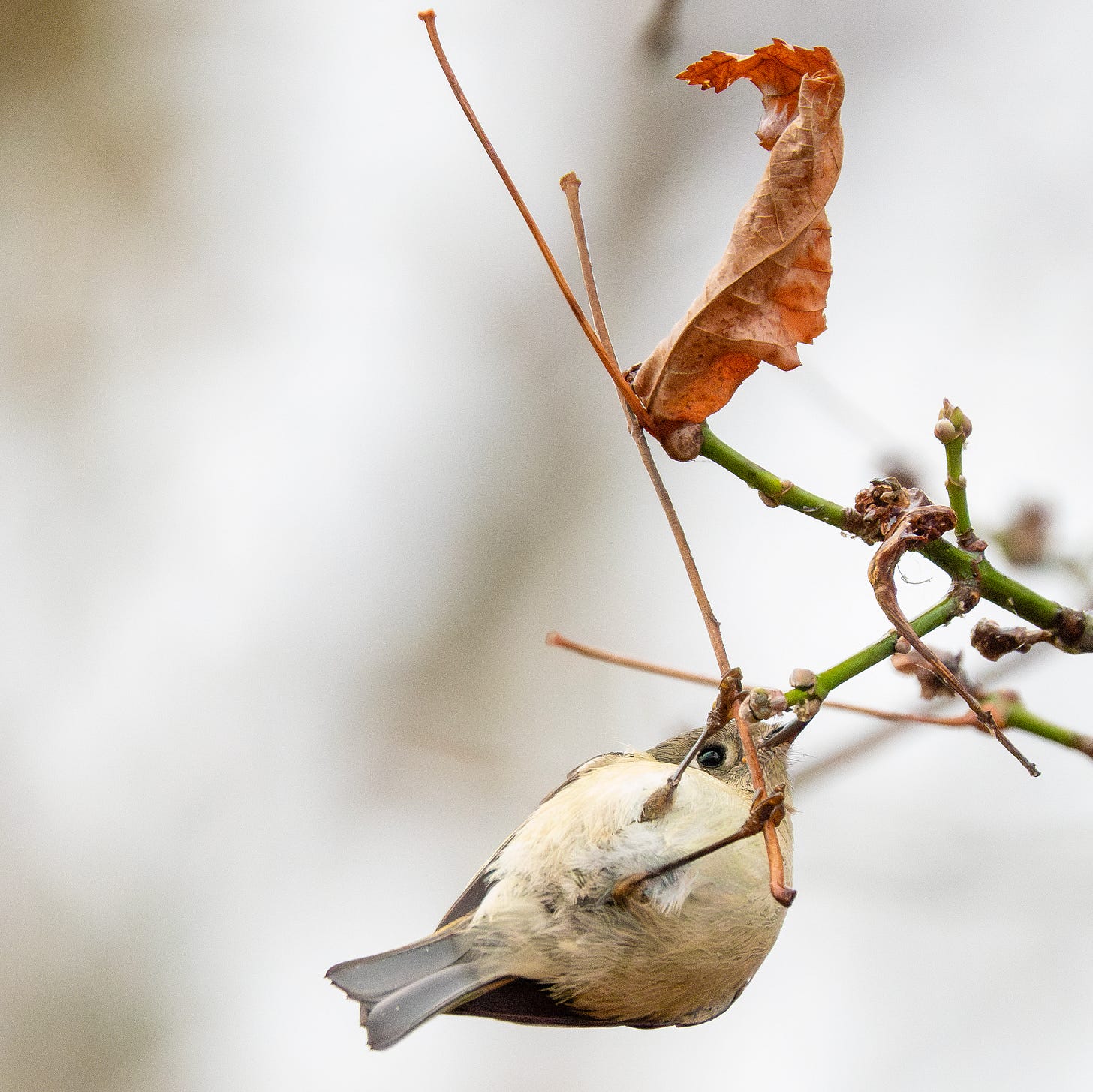
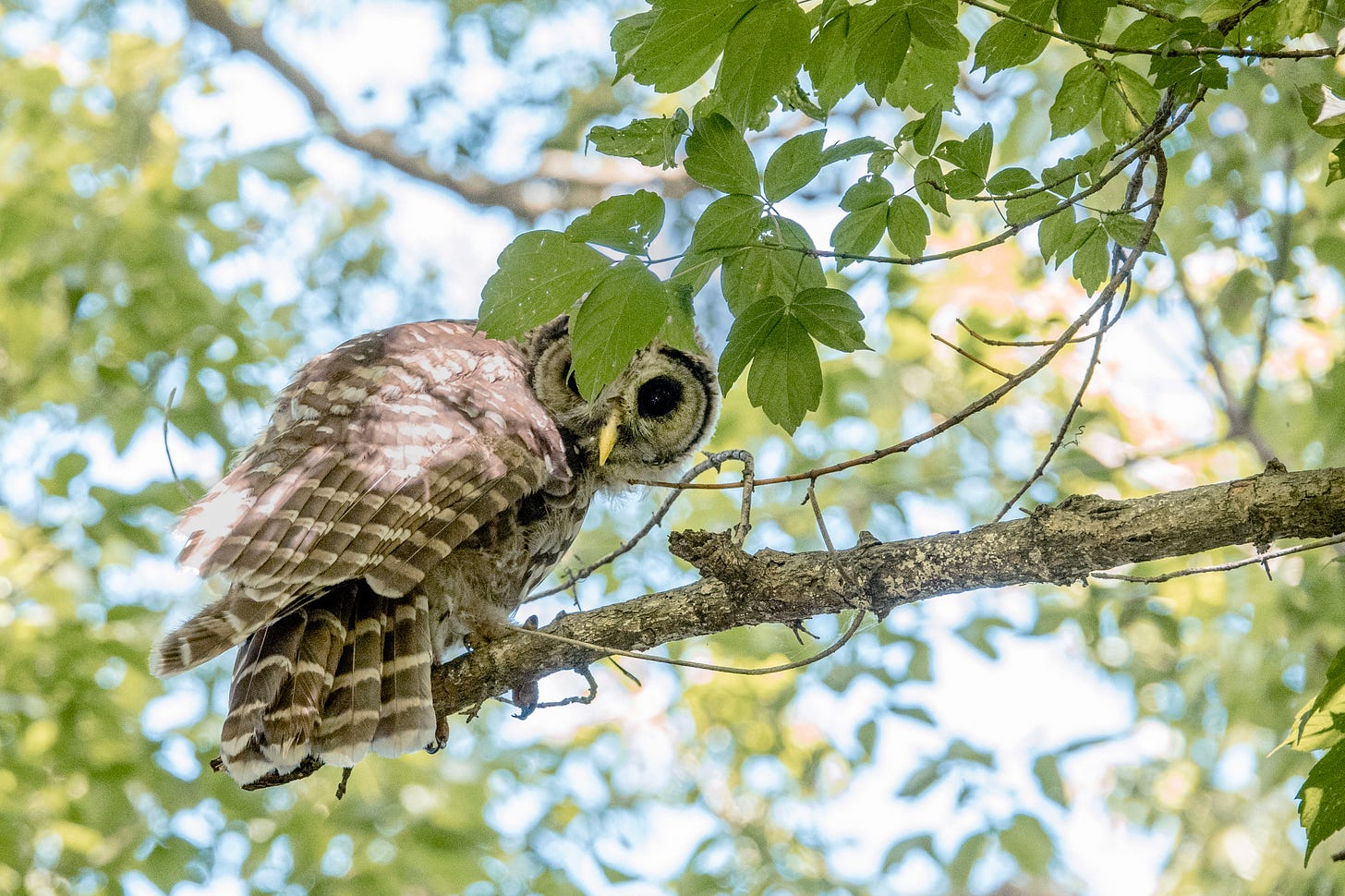
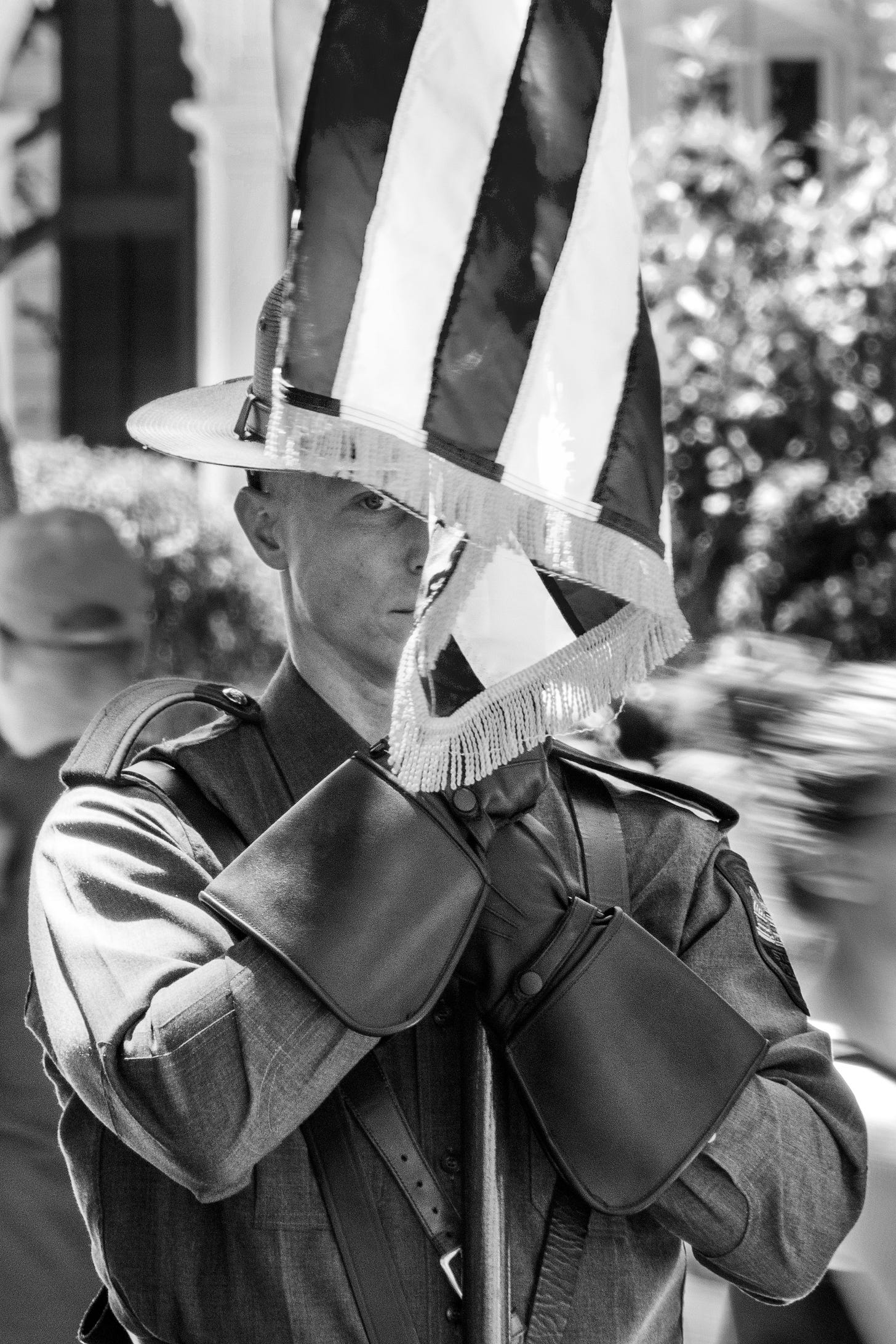


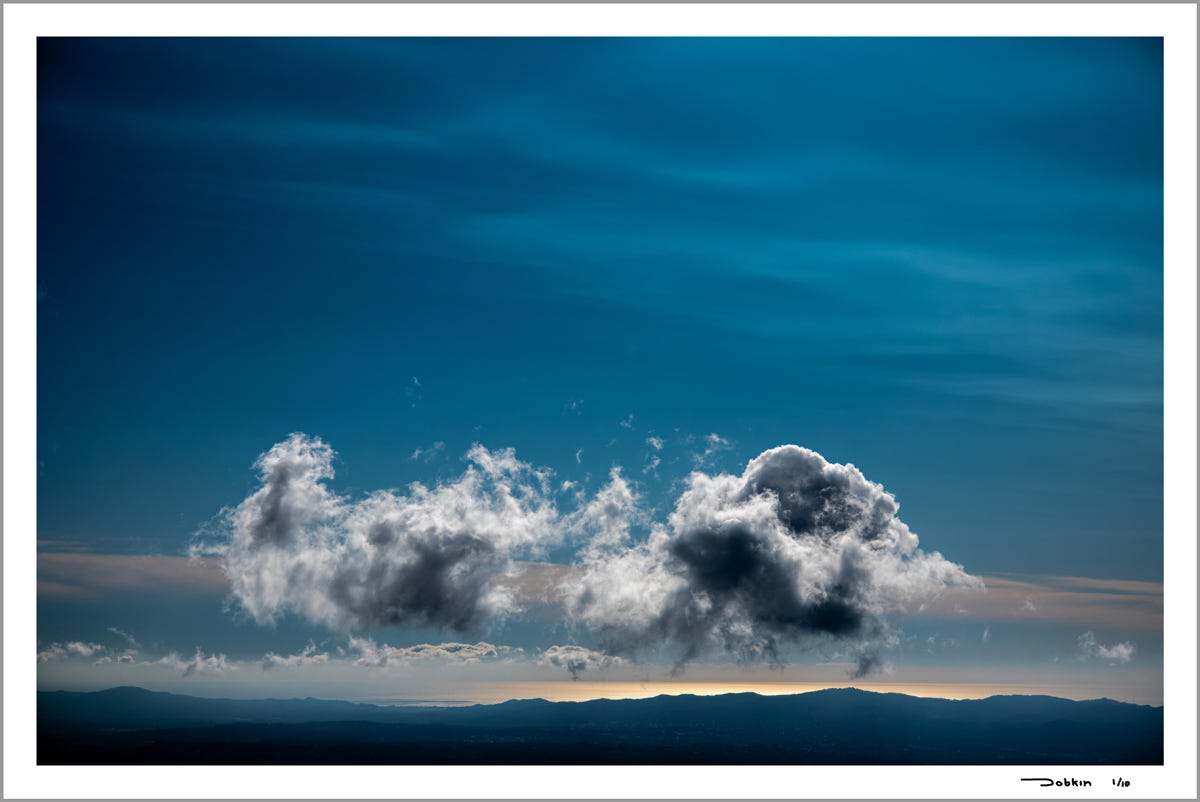
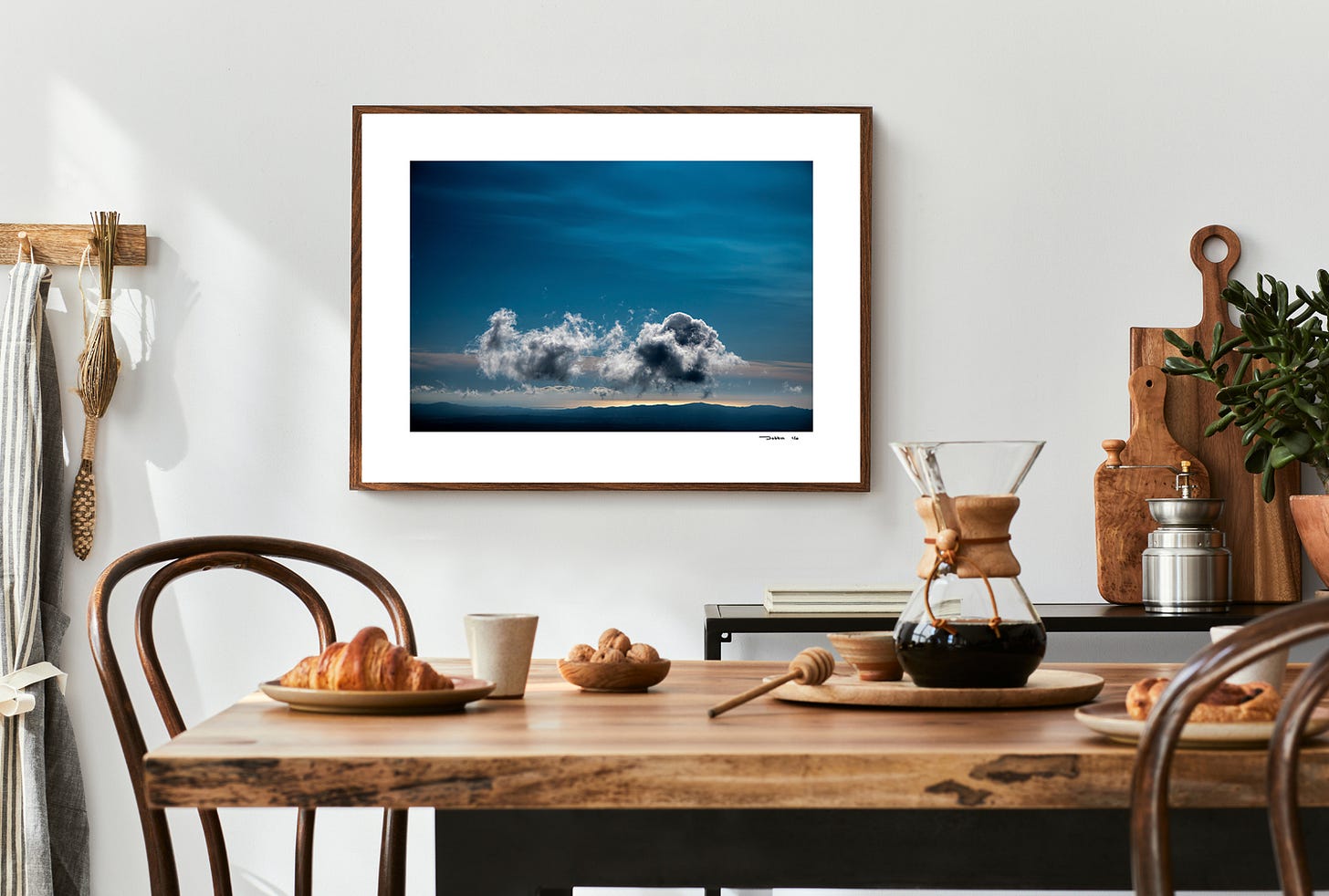
Great contrasts to start the day….
Fun topic and one right up my alley!
You might like a book called “It Does Not Have To Be In Focus: Modern Photography Explained” by Jackie Higgins.